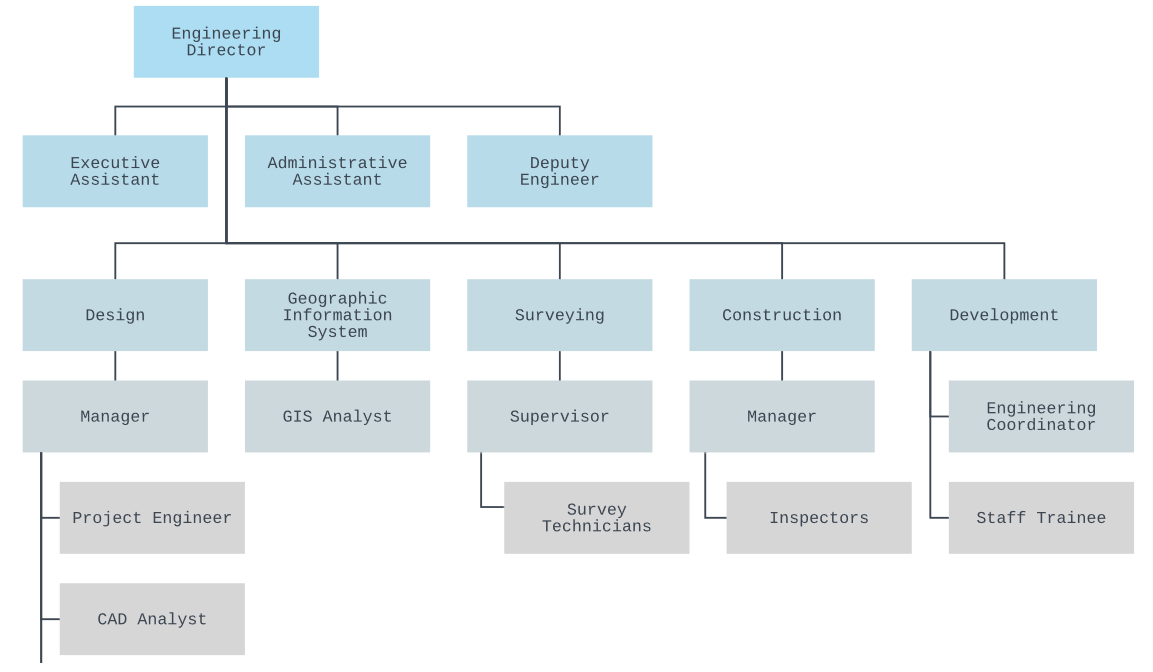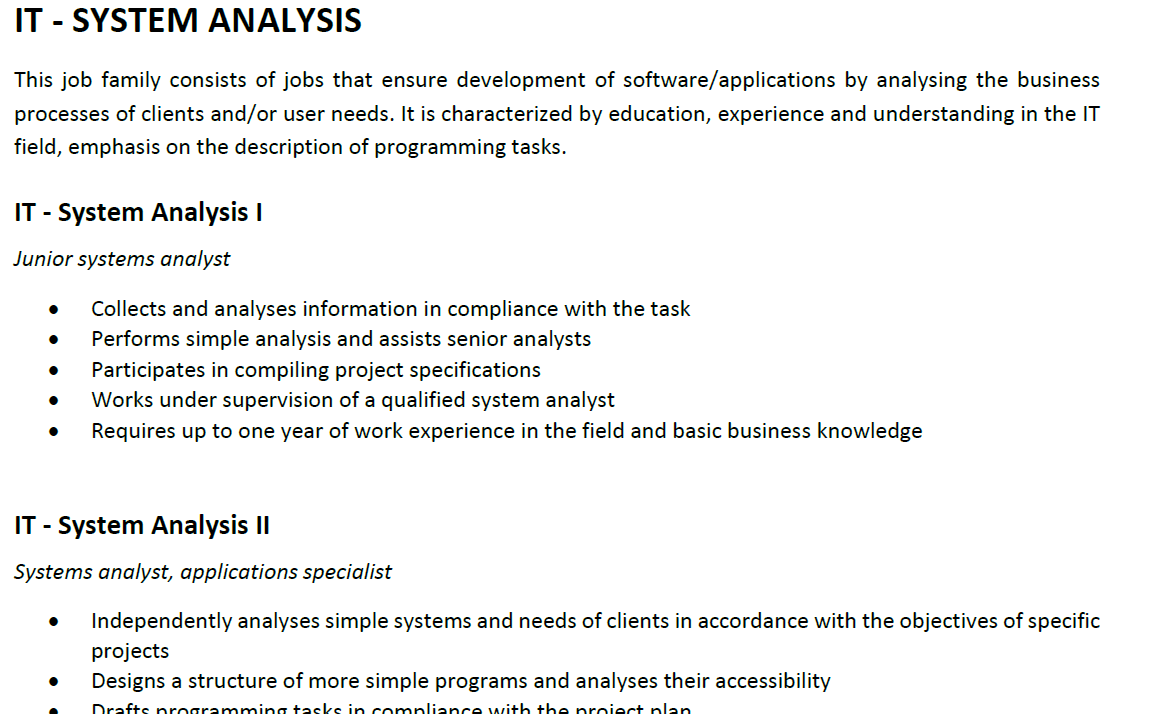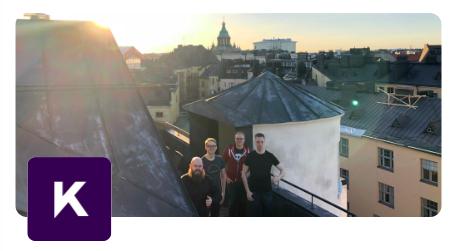3 Challenges and Solutions of Global Hiring for Startups
According to the ELA (European Labor Authority), Europe has experienced a significant shortage in software professionals, toolmaking, and contact information staff. The reason? Tech is booming in Europe: the number of unicorns increased from 44 to 81 in 2021, and these new companies compete for limited European talent. The “small but mighty” Baltics region is a part of this European tech boom. There were 1039 startups in Lithuania by the year 2020.
Because of this competition for tech talent, European startups started looking for ways to recruit, hire, and pay workers from other countries and continents. But international hiring comes with its own share of challenges, which our friends from Deel want to share in this article.
1. Compliance with foreign labor laws
When hiring abroad, a company must create employment contracts fully compliant with the worker’s home country, as well as the country where the company is registered. Employment laws vary from country to country on several different levels:
- Statutory employee benefits
- Minimum wages
- Vacation and sick leave requirements
- Employee termination regulations
- Employee classification laws
For example, no law requires an employment contract between an employee and the employer in the US. The employer must provide specific info regarding employee benefits and rights to the worker, but it doesn’t need to be in writing. The same goes for Portugal or Spain, where verbal agreements are valid. But in Lithuania, Norward, or Moldova, every employee must have a written contract compliant with that country’s labor laws.
Another example: in most European countries, paid time off is mandatory. But the US has no law that requires employers to provide it.
3 ways startups hire workers compliantly
Differences in laws and regulations can be an issue for startups that don’t have a robust HR department. Limited resources may not allow you to research employment laws everywhere you hire. If that’s the case, you can choose among the three ways to hire foreigners without relocating them.
- Open a local foreign subsidiary. A foreign subsidiary is a legal entity you open in another country to hire employees there legally. Subsidiaries are a long-term solution for businesses that want to establish a presence in a new country. But for most startups, it’s probably too costly and time-consuming.
- Hire independent contractors instead of employees. Hiring contractors is more manageable than hiring employees because you don’t have to comply with nearly as many tax and labor laws. Be aware of worker misclassification, which penalizes companies for hiring contractors but treating them like employees.
- Hire employees through an employer of record (EOR). EORs are organizations that hire employees (in other countries) and pay them on your behalf. EORs generate locally compliant contracts, run background checks, handle employment taxes, run payroll, etc. Hiring through an EOR is quick and safe and allows you to broaden your talent pool while ensuring you don’t run any compliance risks.
2. Data security and GDPR compliance
When hiring citizens of EU countries, startups must ensure their employees’ data protection and privacy in compliance with GDPR standards to avoid penalties and fines.
Hiring outside the EU means you’ll have to ensure compliance according to those countries’ rules. Australia, for example, has the APA (Australian Privacy Act). In Latin America, several countries have similar data protection and privacy laws.
Many startups find the process of understanding those laws, let alone complying with them, overwhelming. Hiring foreign employees through an EOR removes the burden of data security compliance for your global team. Well-equipped EORs use multiple strategies to ensure data security, such as:
- Regular system scans and tests to ensure protection layers are functional
- Encryption to prevent hackers from reading the data in case of a breach
- Limited employee access to sensitive data and authorize only necessary staff
- Single sign-on, multi-factor authentication, and other security measures
- SOC2 compliance
3. Global payroll and taxes
International payroll involves:
- Paying foreign employees’ wages
- Administering employee benefits
- Paying local taxes
- Keeping payroll records
Let’s zoom into a couple of significant challenges for international payroll and taxes:
Payment methods and standards across borders
Paying your employees becomes more complicated when money moves across borders. You need to make sure your payment method is available in both countries, and you must account for currency exchanges and fees.
SWIFT (wire transfer) may be the safest option and supports all currencies, but the fees are pretty hefty. On the other hand, digital wallets, typically more affordable, may not be available everywhere around the globe.
Most companies in Lithuania and Europe pay their employees monthly. But in the US or the Philippines, employees usually receive their pay semi-monthly. Paying US employees semi-monthly sounds simple enough. But consider that you’ll pay fees for international money transfers twice a month.
We’ve only scratched the surface of the web of complexities when it comes to global payroll. Fun fact: some countries, like Greece or Argentina, also have an additional pay period called the 13th salary, considered mandatory.
Payroll taxes in foreign countries
When you hire a foreign, salaried employee, you need to pay payroll taxes for their income. Tax regulations vary by country, so you have to learn about the employee’s country’s tax laws, deadlines, forms, rates, etc. In most countries, employers provide statutory employee benefits (like social security or health insurance) through taxes, in compliance with local labor laws. Any incomplete forms or missed deadlines may lead to financial and legal penalties.
Payroll taxes typically depend on where the employee resides and generates the income. If you hire someone from Germany, German tax laws will apply. Tax treaties prevent double taxation in this case. Lithuania has tax treaties with 57 countries, which means the employee’s income is subject to taxes either in Lithuania or the other country, not both.
If you don’t have a subsidiary and don’t want to relocate the new employee, the best way to stay compliant and meet tax requirements is through the employer of record. Luckily, employers of record take care of taxes by automating calculations, collecting, and filing tax forms instead of you.
Deel and global hiring challenges
Global compliance + international payroll = a recipe for a headache. Especially for startups trying to become profitable and putting out fires on the go. But hiring great people at the beginning is the key to growth, and sometimes, you’ll find those great people outside your borders.
Deel is a self-service platform that lets you efficiently manage your global workforce, make mass payments, and onboard new hires. It helps companies hire contractors or employees, do it hassle-free, without worrying about compliance risks, taxes, extensive paperwork, contract provisions, and deadlines. Request a demo here.














 Kodan from Finland is offering creative perks to their employees![/caption]
Kodan from Finland is offering creative perks to their employees![/caption]

 A typical day at TransferWise[/caption]
A typical day at TransferWise[/caption]
 A great visual example from Solution Architect[/caption]
A great visual example from Solution Architect[/caption]
 Isn’t this photo of Microsoft telling a lot about diversity and talent?[/caption]
Isn’t this photo of Microsoft telling a lot about diversity and talent?[/caption]


